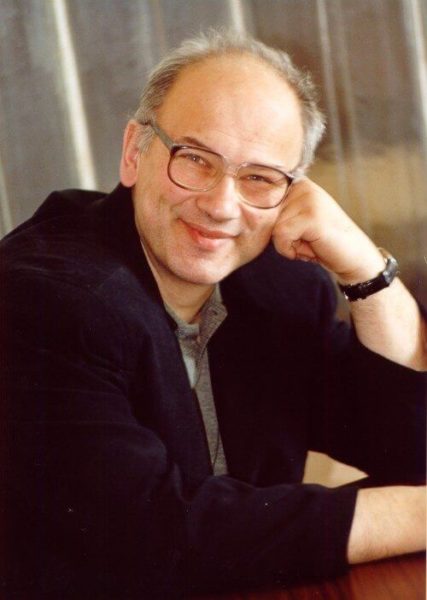In previous research, it was suggested that adaptation of an animal to different factors looks like spending of one resource and that the animal dies when this resource is exhausted. In 1938, Hans Selye introduced “adaptation energy” and found strong experimental arguments in favour of this hypothesis. However, this term has caused much debate because, as it cannot be measured as a physical quantity, adaptation energy is not strictly energy.
In this work, an international team of researchers, led by Professor Alexander N. Gorban from the University of Leicester, have developed a solution to Selye’s riddle which has puzzled scientists for almost 80 years. Alexander N. Gorban, Professor of Applied Mathematics in the Department of Mathematics at the University of Leicester, said: “Nobody can measure adaptation energy directly, indeed, but it can be understood by its place already in simple models. In this work, we develop a hierarchy of top-down models following Selye’s findings and further developments. We trust Selye’s intuition and experiments and use the notion of adaptation energy as a cornerstone in a system of models. We provide a ‘thermodynamic-like’ theory of organism resilience that, just like classical thermodynamics, allows for economics metaphors such as cost and bankruptcy and, more importantly, is largely independent of a detailed mechanistic explanation of what is ‘going on underneath’.”
Adaptation energy is considered as an internal coordinate on the “dominant path” in the model of adaptation. The phenomena of “oscillating death” and “oscillating remission”, which have been observed in clinic for a long time, are predicted on the basis of the dynamical models of adaptation. The models, based on Selye’s idea of adaptation energy, demonstrate that the oscillating remission and oscillating death do not need exogenous reasons. The developed theory of adaptation to various factors gives the instrument for the early anticipation of crises.
The paper is entitled “Evolution of adaptation mechanisms: Adaptation energy, stress, and oscillating death” and will be published in the Journal of Theoretical Biology (2016) (In Press)http://dx.
Professor Alessandro Giuliani from Istituto Superiore di Sanità in Rome commented on the work, saying: “Gorban and his colleagues dare to make science adopting the thermodynamics style: they look for powerful principles endowed with predictive ability in the real world before knowing the microscopic details. This is, in my opinion, the only possible way out from the actual repeatability crisis of mainstream biology, where a fantastic knowledge of the details totally fails to predict anything outside the test tube.” (1.Voosen P. (2015) Amid a Sea of False Findings NIH tries Reform, The Chronicle of Higher Education.)


